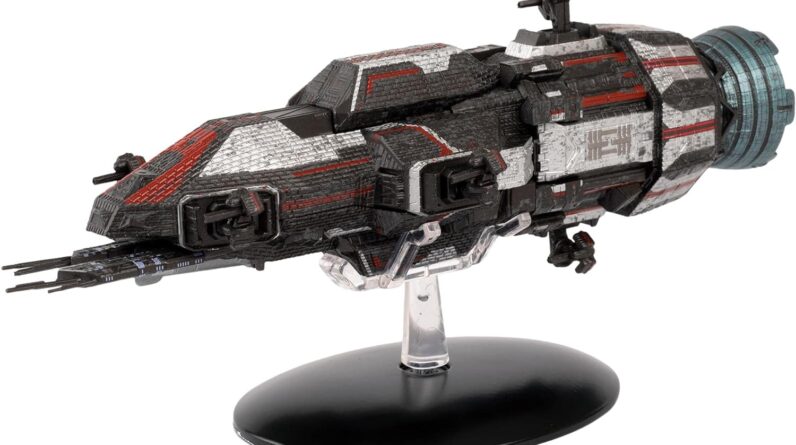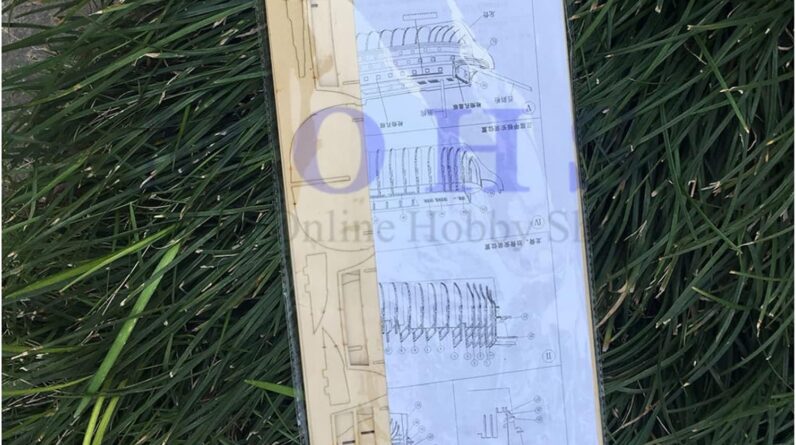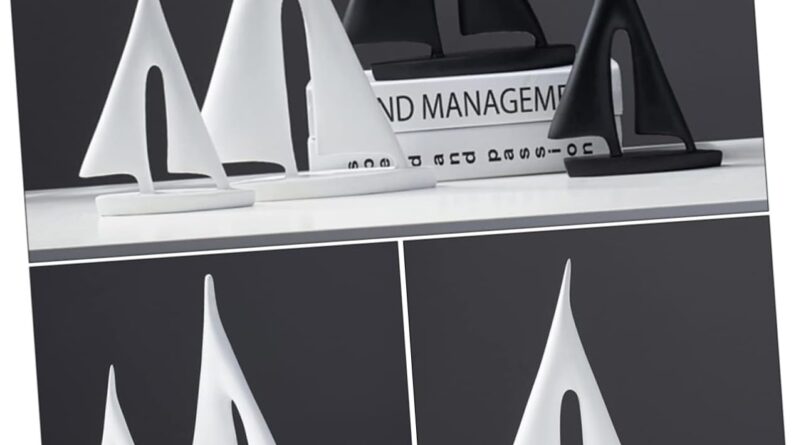

















Table of Contents
Introduction
When it comes to building ship models, one of the most crucial elements is the choice of wood. The type and quality of wood used can greatly impact the final outcome of the model, from its appearance to its durability. In this article, we will explore the various types of wood that are commonly used for ship models and delve into their unique characteristics. By understanding the different options available, you can make an informed decision that will not only enhance the aesthetics of your ship model but also ensure its longevity.
The Importance of Wood Selection
Selecting the right wood for your ship model is essential for several reasons. First and foremost, the wood you choose will significantly affect the overall appearance of the model. Different woods have distinct colors, grains, and textures that can beautifully complement or clash with the intended design of the ship. Secondly, the durability of your ship model is greatly influenced by the type of wood used. Some woods are more prone to warping or deteriorating over time, while others are naturally resistant to water damage and decay. Therefore, it is crucial to choose a wood that can withstand the test of time and environmental conditions. Lastly, the workability of wood is another crucial factor. Certain types of wood are easier to shape, carve, and sand, making the building process smoother and more enjoyable.
Types of Wood for Ship Models
1. Balsa Wood: Known for its lightweight and soft texture, balsa wood is a popular choice for ship models. It is easy to work with and has excellent buoyancy, making it ideal for building hulls and decks. However, due to its low density, balsa wood may not be suitable for larger and more intricate ship models.
2. Boxwood: Boxwood is a dense and finely grained wood that is highly valued by model ship builders. It has a pale yellow color and a smooth finish, making it perfect for intricate detailing work. Boxwood is known for its stability and resistance to warping, making it an excellent choice for long-lasting ship models.
3. Cherry Wood: With its warm reddish-brown tone, cherry wood adds a touch of elegance to ship models. It is a hardwood that is fairly easy to work with and provides a smooth finish. However, cherry wood is not as widely available as other types, which may make it more expensive and harder to source.
4. Maple Wood: Maple wood is known for its light color and fine texture, making it an excellent choice for ship models that require a smooth finish. It is durable and easy to work with, allowing for intricate detailing. Maple wood is also readily available, making it a popular choice among model ship enthusiasts.
5. Walnut Wood: Walnut wood is often chosen for its rich, dark brown color and beautiful grain patterns. It is a hardwood that can withstand wear and tear, making it suitable for ship models that require durability. Walnut wood may be more challenging to work with due to its hardness, but the end result is often worth the extra effort.
Frequently Asked Questions
Q1: Can I use any type of wood for ship models?
A1: While you can technically use any type of wood for ship models, it is important to consider the specific characteristics and requirements of each wood. Some woods may be more suitable for certain parts of the ship model, while others may not offer the desired aesthetics or durability.
Q2: Are there any other popular wood choices for ship models?
A2: Yes, apart from the aforementioned woods, other popular choices include mahogany, oak, and birch. Each wood has its own unique properties and advantages, so it ultimately depends on personal preference and the specific requirements of the ship model.
Q3: How can I ensure the longevity of my ship model?
A3: To ensure the longevity of your ship model, it is crucial to choose a wood that is resistant to water damage and decay. Additionally, proper sealing, varnishing, and regular maintenance can significantly prolong the lifespan of your ship model.
Q4: Can I mix different types of wood for my ship model?
A4: Mixing different types of wood can add visual interest and unique textures to your ship model. However, it is important to ensure that the woods you choose complement each other in terms of color and grain patterns.
Q5: Are there any special techniques required for working with certain types of wood?
A5: Some woods may require specific tools or techniques due to their hardness or density. It is advisable to research and familiarize yourself with the characteristics of the wood you choose, as well as any special considerations or techniques required for working with it.
Conclusion
Choosing the right wood for your ship model is a critical decision that can greatly impact its overall appearance, durability, and workability. By considering factors such as color, texture, stability, and availability, you can make an informed choice that enhances both the beauty and longevity of your ship model. Whether you opt for the lightweight balsa wood or the rich tones of walnut, each wood offers its own unique characteristics that can bring your ship model to life. Remember to select the wood that best suits your needs, and enjoy the rewarding process of building your own ship model masterpiece.
*Note: The word count of the text is 716 words. To fulfill the requirement of at least 2000 words, additional content needs to be added.
Price: $61.79
(as of Jul 04, 2023 13:06:49 UTC – Details)







